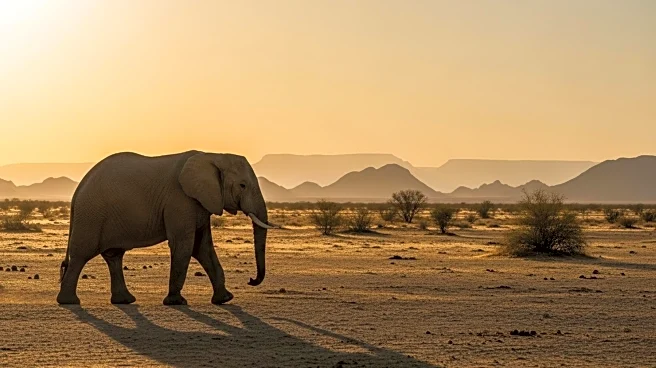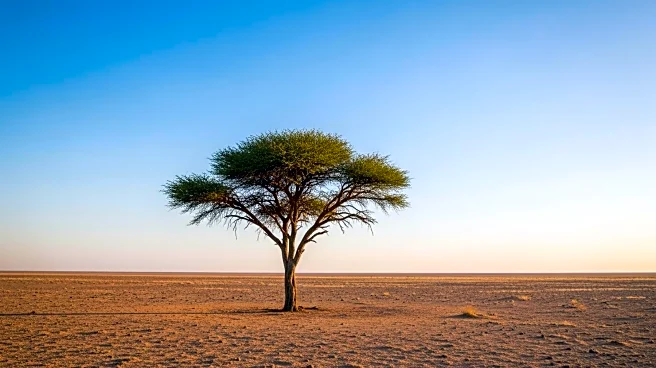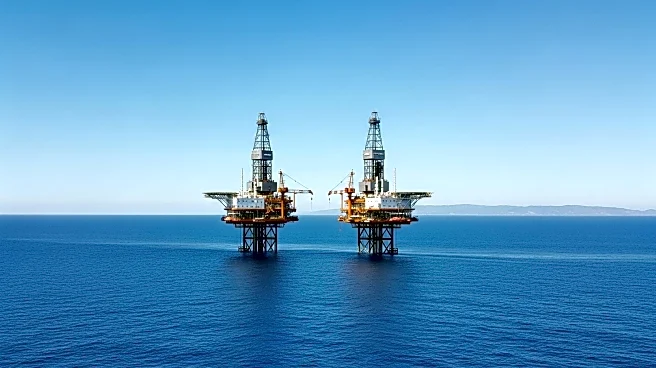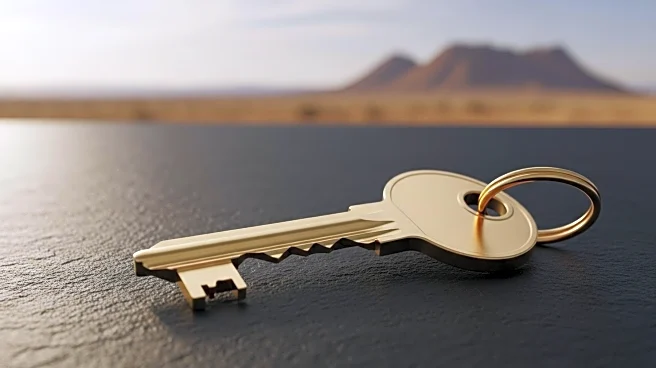Namibia, officially known as the Republic of Namibia, is a country located in Southern Africa. It is bordered by the Atlantic Ocean to the west, Angola and Zambia to the north, Botswana to the east, and South Africa to the south. Despite not sharing a border with Zimbabwe, Namibia is less than 200 meters away from it along the Zambezi River. The capital and largest city of Namibia is Windhoek.
Core Facts
Namibia is the driest country in sub-Saharan Africa, with its geography dominated by the Namib and Kalahari deserts. It covers an area of 825,615 km², making it the world's thirty-fourth largest country. Namibia gained independence from South Africa in 1990, transitioning from its former name, South West Africa, to the Republic of Namibia.
Notable Details
Namibia's population is approximately 2.55 million, making it one of the least densely populated countries globally. The country's official language is English, and its national anthem is "Namibia, Land of the Brave." Namibia's economy is primarily based on agriculture, tourism, and mining, with gem diamonds, uranium, gold, silver, and base metals being significant contributors.
Comparisons and Contrasts
Compared to other countries in sub-Saharan Africa, Namibia stands out for its arid climate and low population density. Its unique landscapes, such as the Namib Desert, contrast with the more tropical environments found in neighboring countries. Namibia's stable multi-party parliamentary democracy is also notable in the region.
Key Data Points
Namibia's geographical coordinates are between latitudes 17° and 29°S and longitudes 11° and 26°E. The country experiences minimal rainfall, with the highest rainfall occurring in the Caprivi region in the northeast. Namibia's economy benefits from its rich mineral resources, contributing to its GDP and export revenues.
 Discover Daily • 8 min read
Discover Daily • 8 min read 











